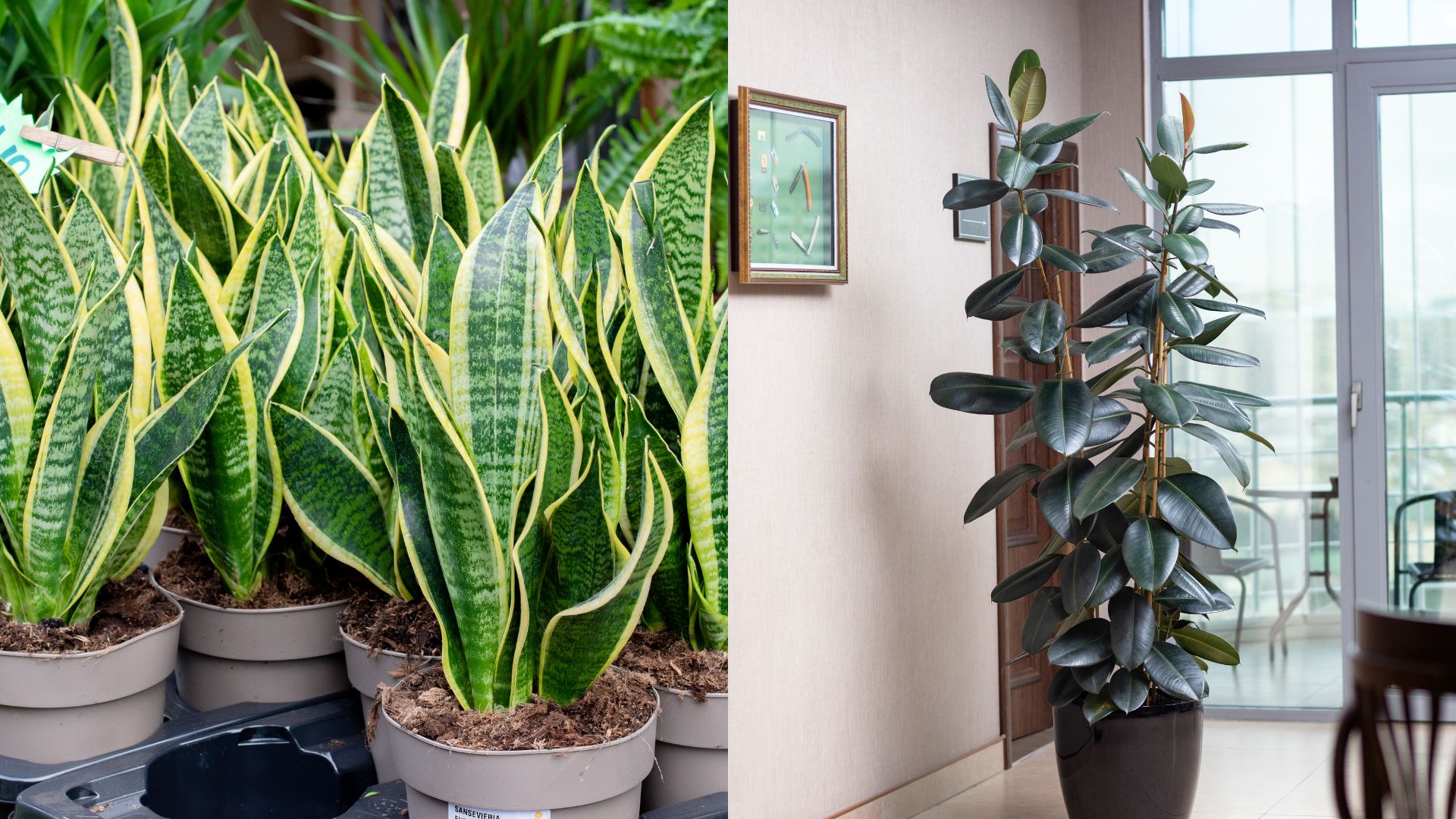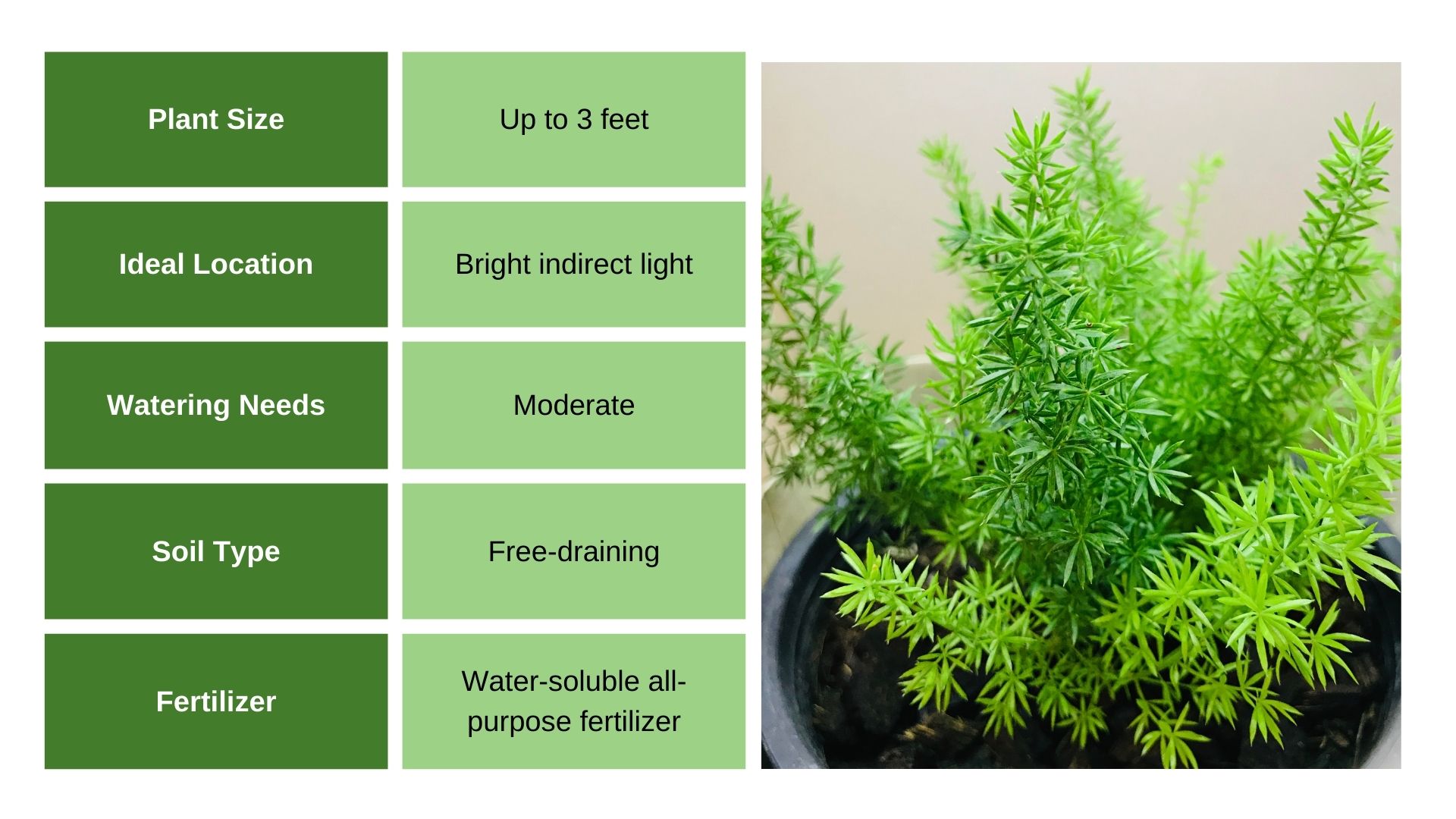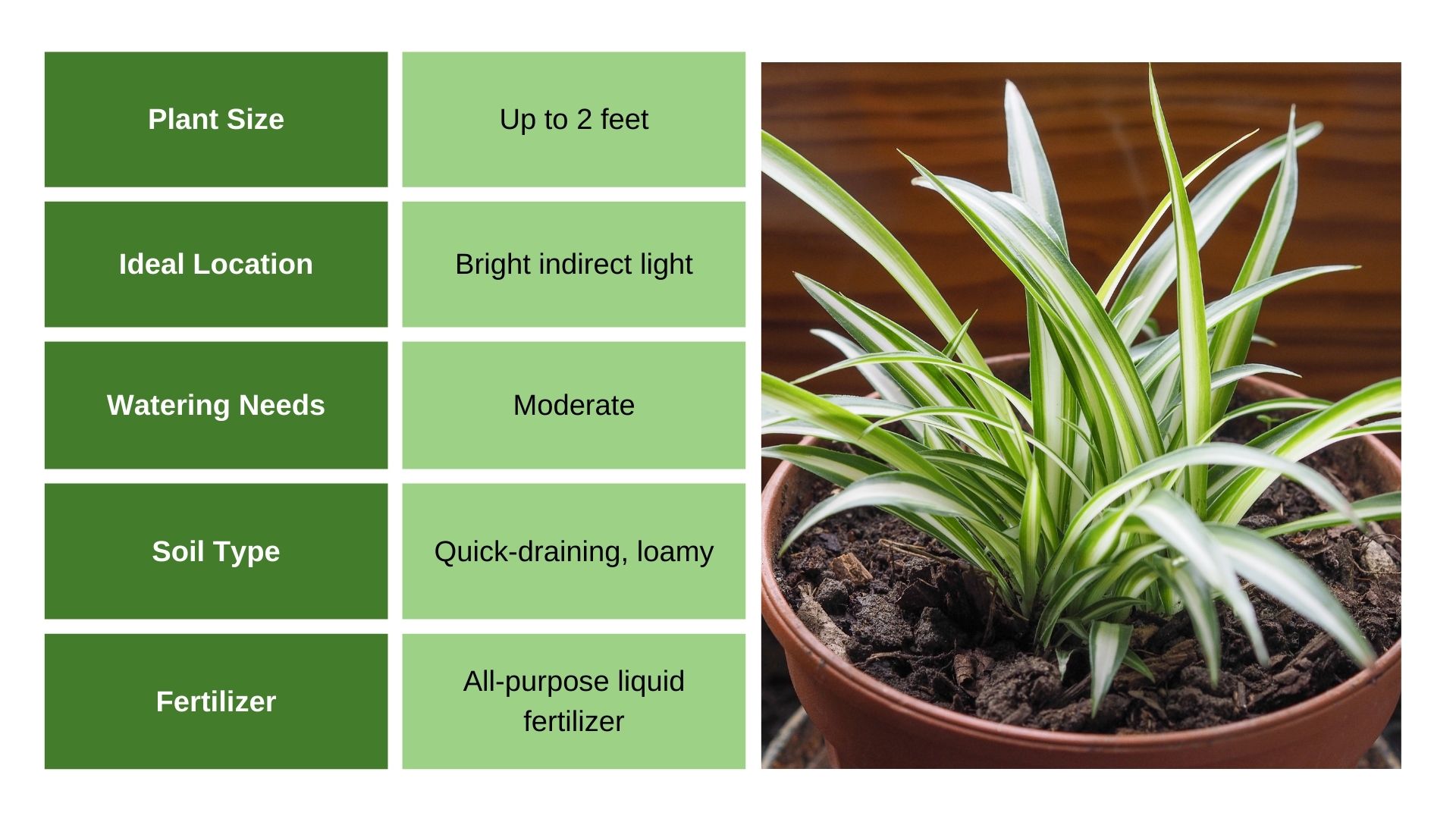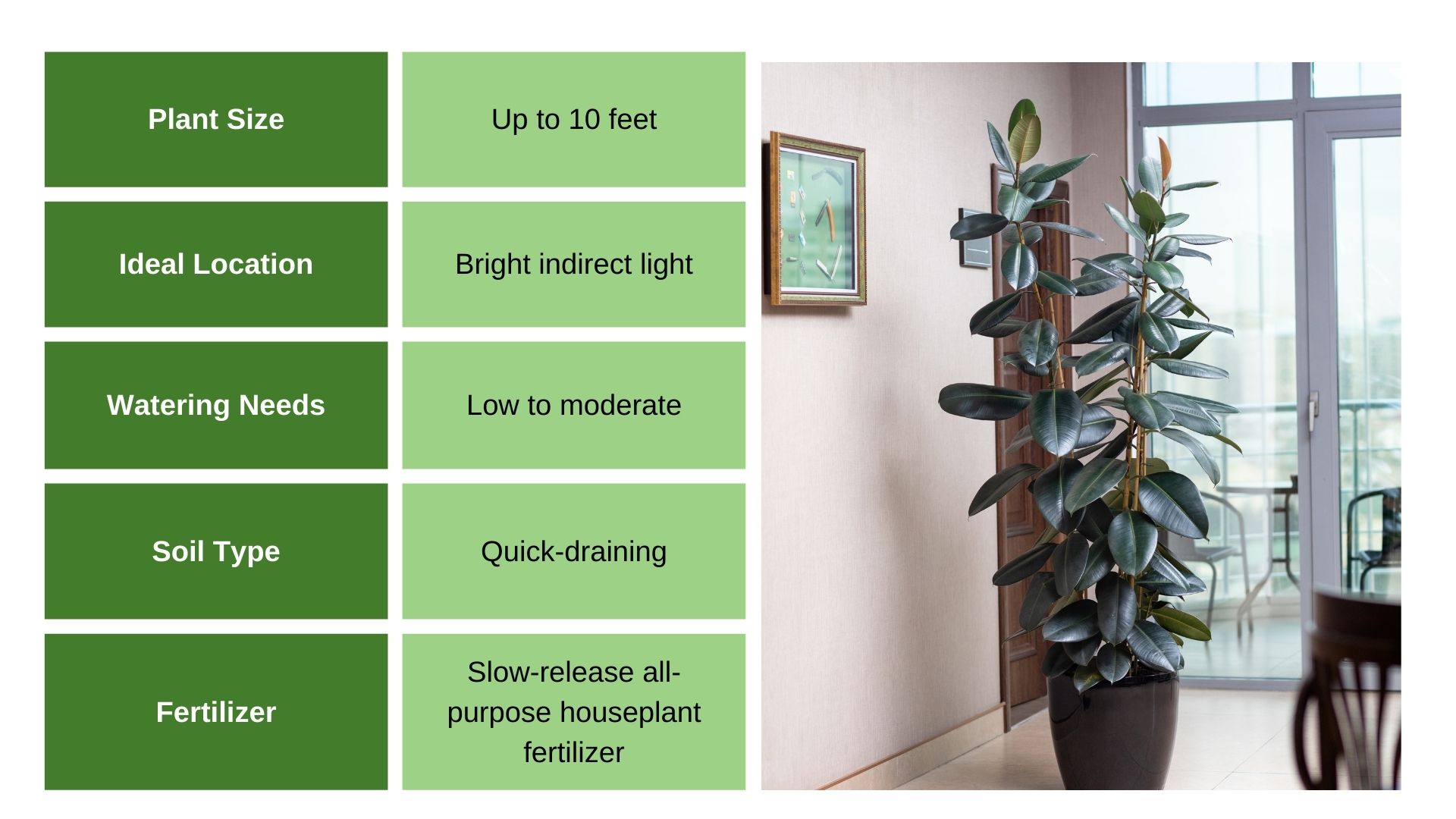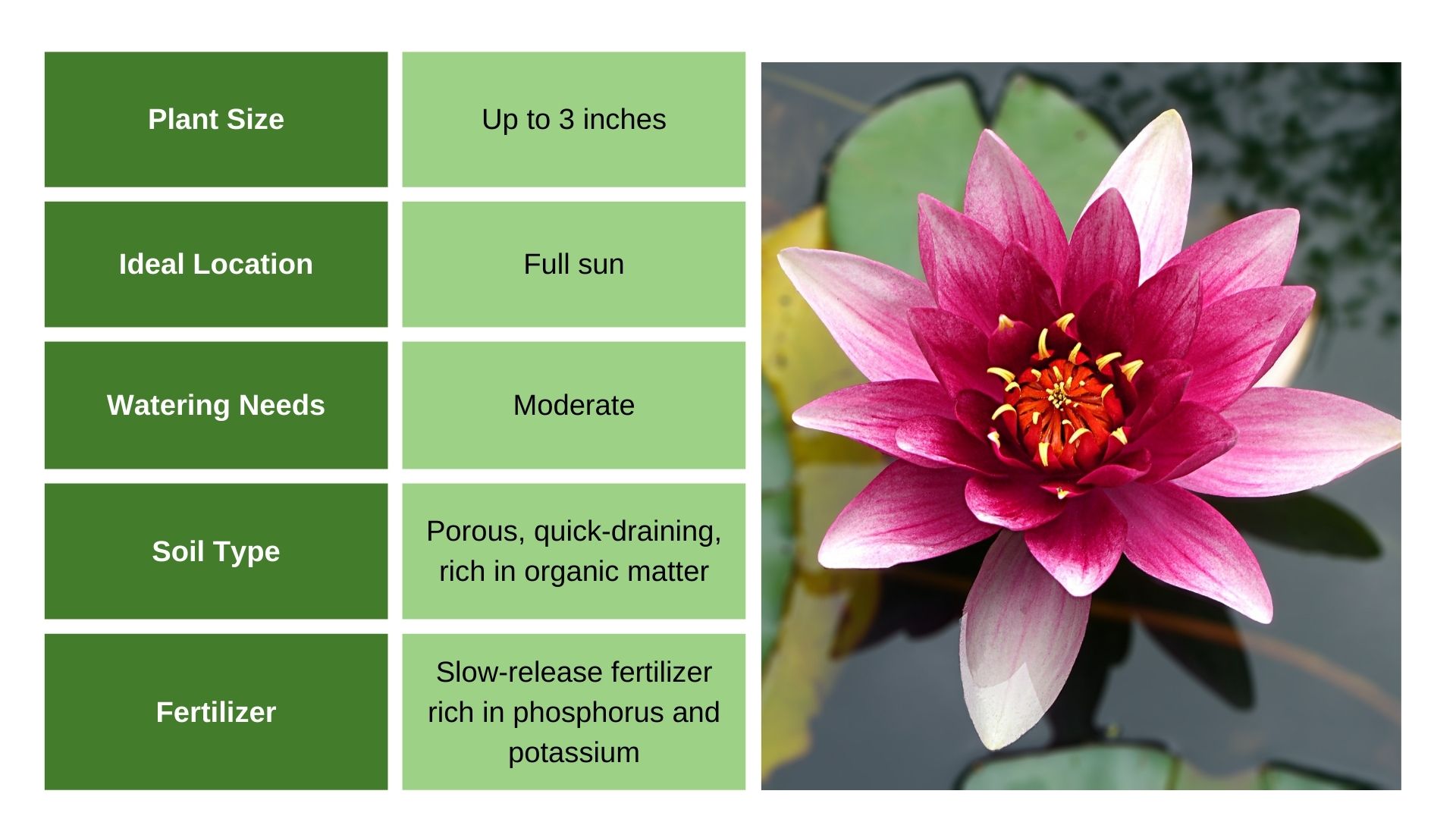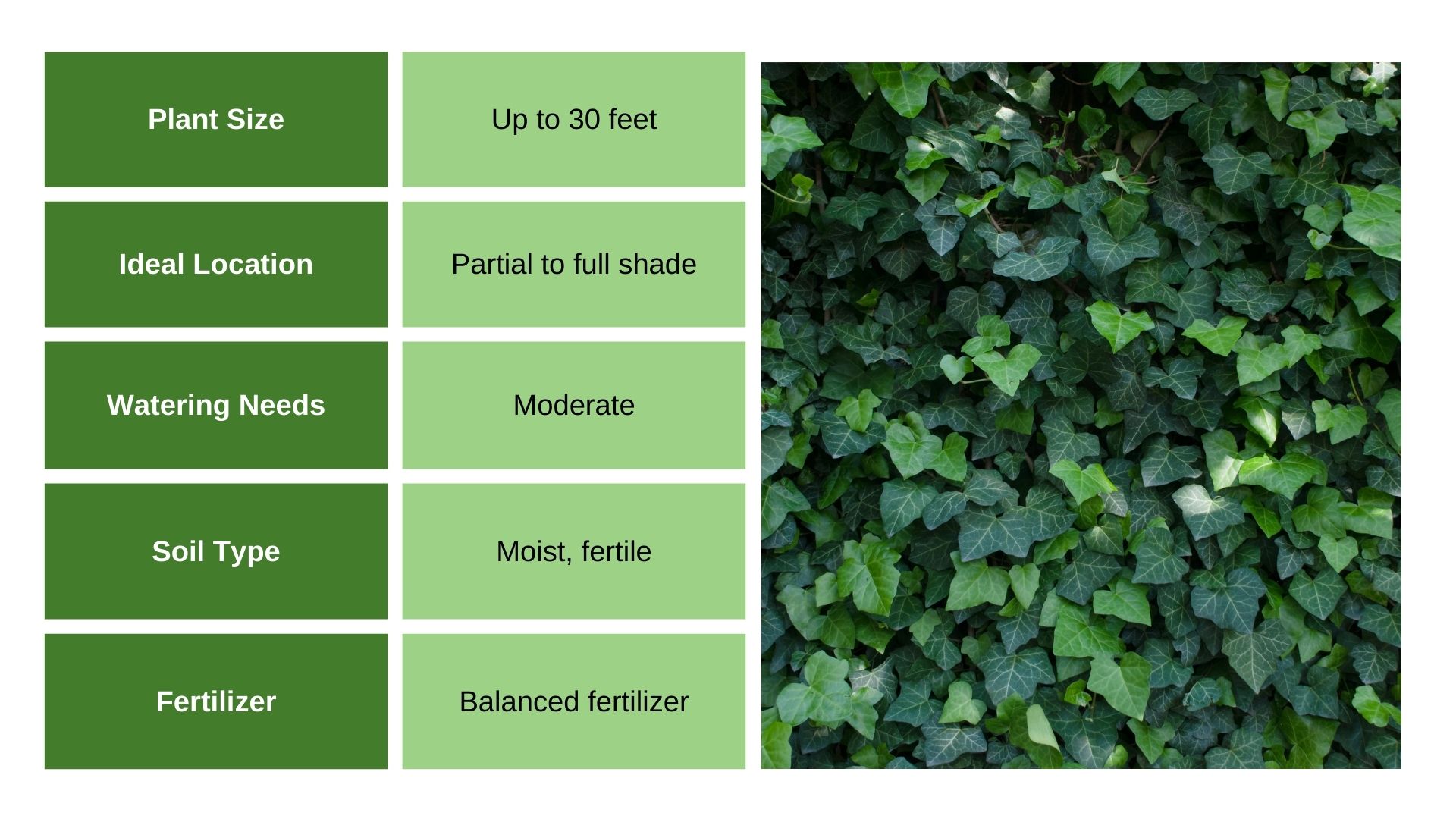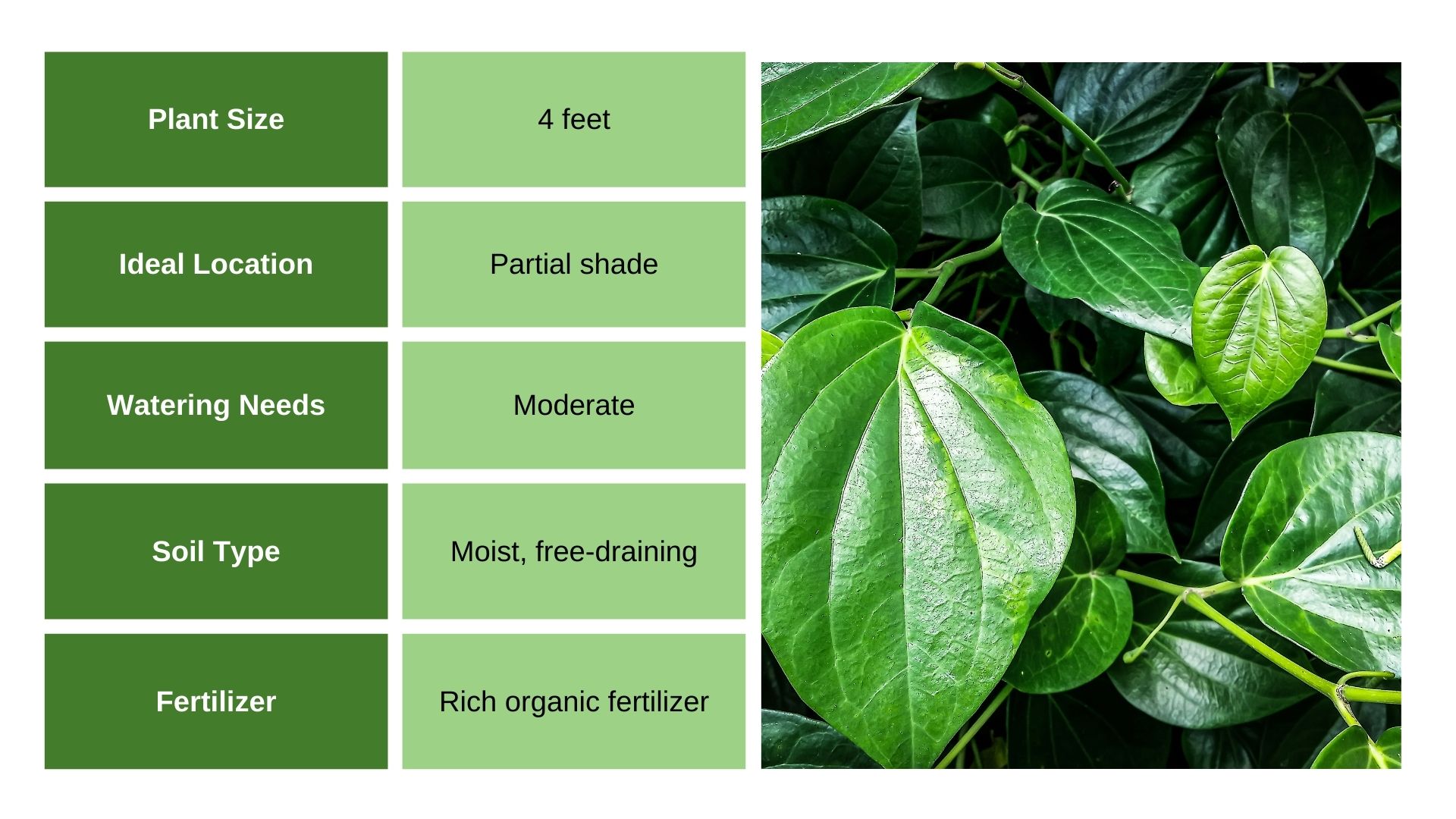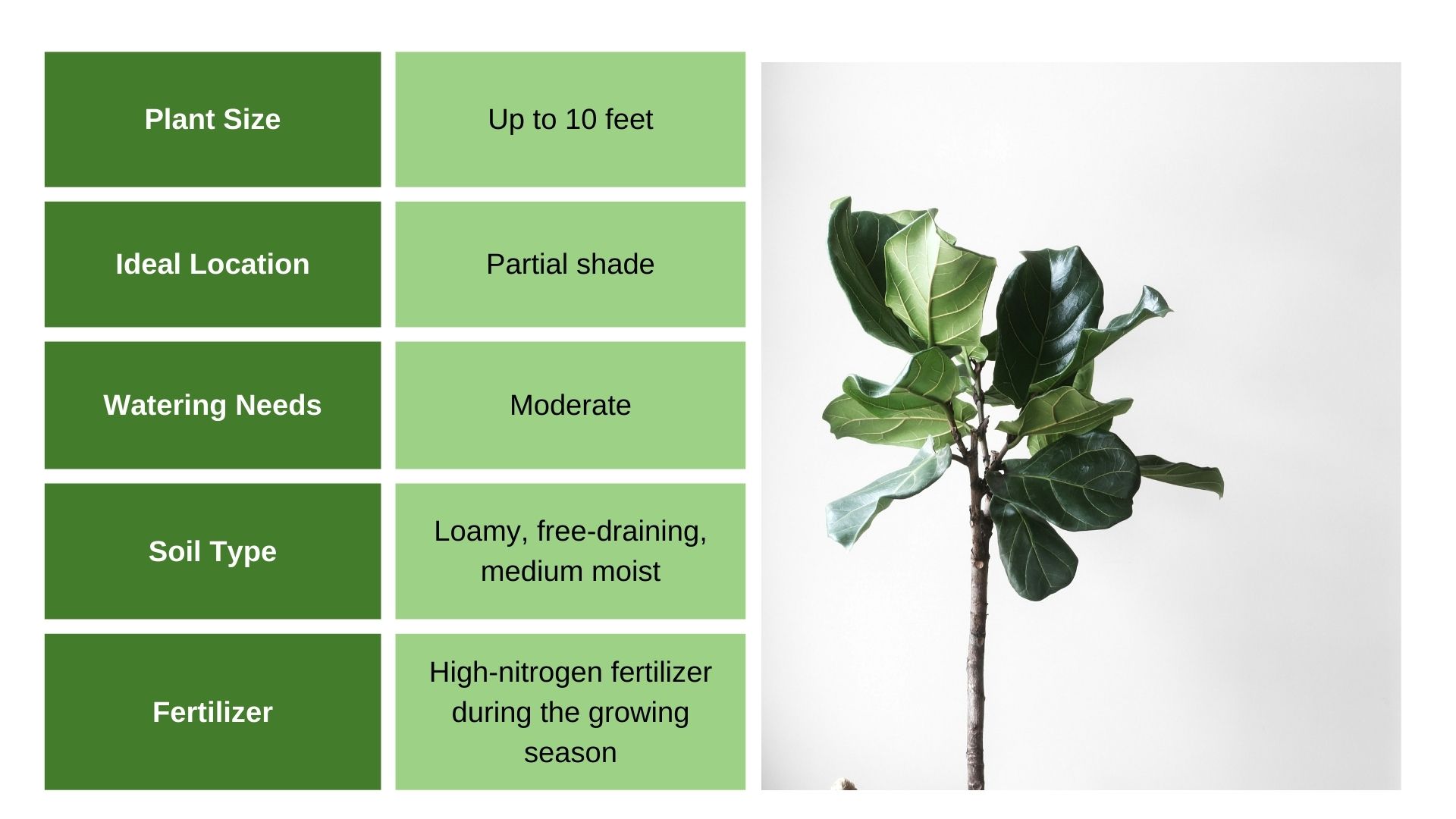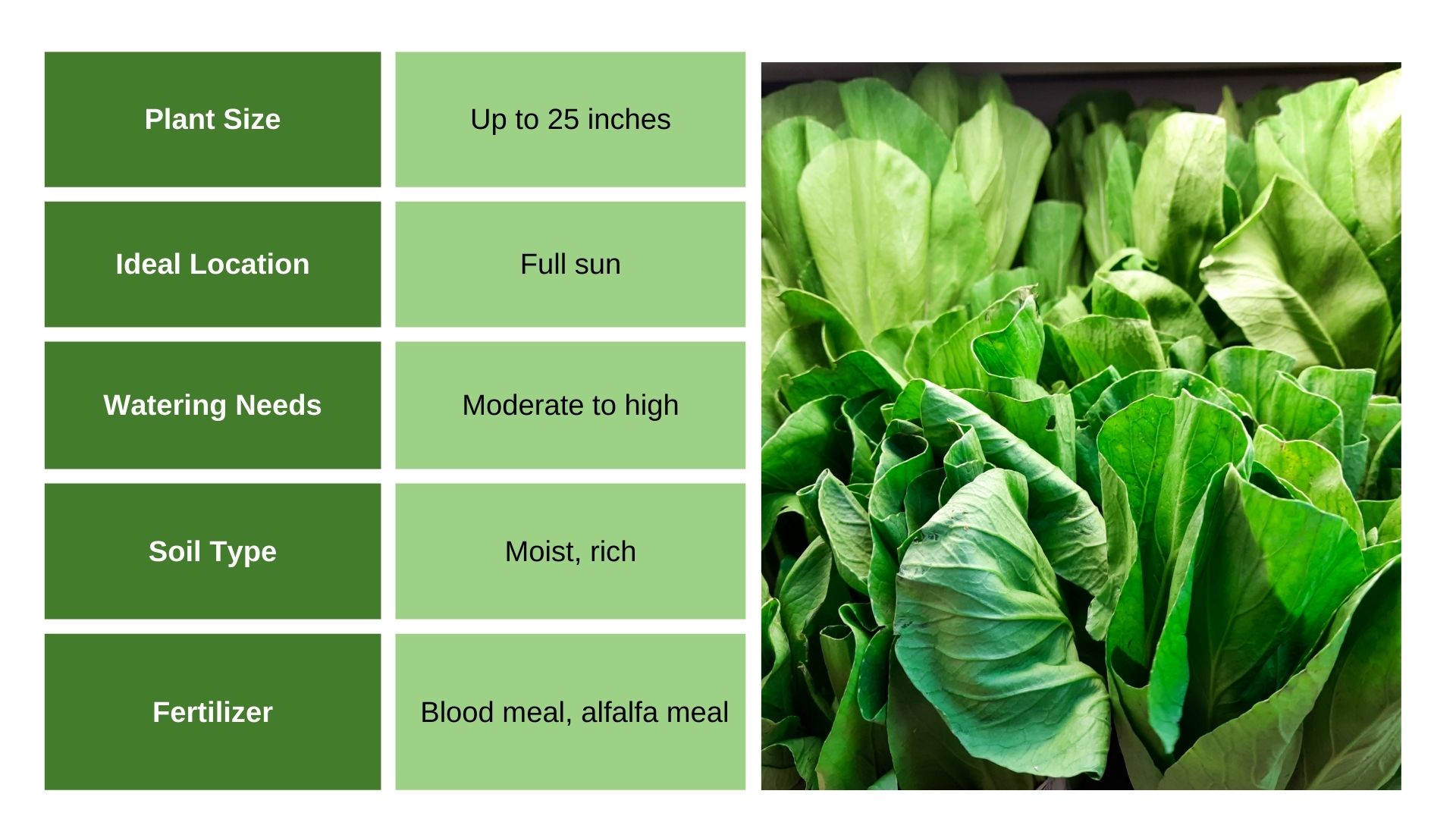Modern living is characterized by the use of electronic devices. Laptops and cell phones do have multiple benefits, but you know the saying: all that glitters is not gold.
One of the major concerns regarding technological devices is the radiation they emit. And research on radiation has proven that it has a negative effect on our health.
Well, plants come to the rescue! Our green buddies can help us in many ways and this is one of them.
In this article, I’ll show you some of the best plants that absorb radiation. You’ll also find their main features and some growing tips for keeping these plants happy and healthy.
Let’s get started!
1. Cactus
The first plant on our list is the one and only cactus. Gardeners adore cactuses because of their low care requirements and captivating appearance.
But these plants are also effective at absorbing radiation. (1) There are various species to choose from and it’s up to your preferences which one you go for.
If you want smaller cactuses, Bunny Ears and Barrel Cactus are perfect choices. Christmas cactus is a great option for lovers of flowering plants, plus it doesn’t have spikes.
2. Snake Plant
If you don’t have a snake plant in your collection, I highly recommend getting one. It’s a succulent species and it’s really impossible to kill; with just a little effort, you’ll get a thriving and lush plant.
These plants are renowned for their various benefits, such as air purification, mental health boosts, and removal of toxins from indoor air. (2)
In addition to these benefits, the mother-in-law’s tongue can also absorb radiation, making it perfect for indoor cultivation.
3. Aloe Vera
The various usages and benefits of Aloe vera have made this plant one of the most popular in collections worldwide. Yes, these plants can absorb radiation but they’re also great for indoor air purification and have many health benefits. (3)
The plant has low care requirements, which ensure it a spot in the homes of many beginner gardeners.
Aloe vera can adapt to different light levels, making it perfect for offices and similar rooms. Make sure to allow the growing medium to dry out entirely between irrigations.
4. Asparagus Fern
The feathery bright green foliage of the Asparagus fern plant will make any indoor space more vibrant. In addition to its decorative features, this type of fern will absorb radiation.
If you’re spending a lot of time in front of electronic devices, put your Asparagus next to them and enjoy.
You’ll need to keep the soil moist but not waterlogged and ensure bright indirect light to avoid a yellowing Asparagus fern.
5. Spider Plant
You’ll find a spider plant on almost every list of plant recommendations for indoor cultivation. There are many reasons for it, such as low care needs, the ability to filter indoor air and absorb radiation, and its fascinating appearance.
Bright indirect light, moist soil (not waterlogged), and all-purpose liquid fertilizer will help your spider plant flourish and reach its full potential.
6. Rubber Plant
If you have a larger home, consider adding a rubber plant to reduce radiation. It needs a lot of space to develop but its large glossy leaves will enhance your home decor more than any other plant.
Lovers of Feng Shui plants should look no further than the rubber plant because it brings positive and good energy.
It’s not hard to maintain a rubber plant; it will flourish as long as it receives enough light and its soil isn’t kept dry or overly wet.
7. Stone Lotus Flower
Have you ever seen a plant that looks like a faux plant but people claim it’s real? Well, there’s a high possibility that it was a stone lotus flower!
It looks so unique and unreal and the main reason is the small leaves arranged in a pentagonal shape.
This succulent plant is very successful at absorbing radiation, making it super beneficial for indoor cultivation.
As an added bonus, a stone lotus flower requires little maintenance and even beginners can keep it happy and healthy.
8. Ivy Plant
Gardeners typically grow ivy outdoors but if you want to use its potential and reduce radiation, you should keep it indoors.
This fast grower requires regular pruning unless you want it to take over your home. It’s perfect for low-light areas in your home and can thrive on a bit of neglect.
You can also grow this houseplant in water and save yourself from having to do some dirty tasks.
9. Betel Leaf Plant
This one is a bit controversial. It can absorb radiation and has curative properties (4) but it’s illegal to possess it in some countries.
The problem is that the seeds can have adverse effects on our health if consumed. So, buy a potted betel leaf and grow it as a houseplant.
It tolerates lower light conditions so you have more options when it comes to indoor locations. Make sure the soil is fertile and consistently moist and add rich organic fertilizer during the growing season.
10. Fiddle Leaf Fig
Similarly to other plants on this list, fiddle leaf fig has multiple benefits and can absorb radiation. It’s a large plant so you need to pay attention to its location to use its potential.
Large, glossy green leaves will enhance your home decor. This plant has a fast growth rate so keep it healthy and you’ll get results quickly.
Don’t forget to feed it; you can buy fertilizers that are specifically made for Fiddle leaf fig plants.
11. Mustard Greens
I’m sure you’re surprised to see this veggie on this list. In addition to its amazing flavor, it can help absorb radiation in your home.
Luckily, it’s super easy to cultivate mustard greens indoors. Simply ensure enough light, moist soil, and feed with organic fertilizers. If you don’t have good sun exposure, consider installing grow lights.
If you’re using tech devices on a daily basis, it’s good to consider ways to fight radiation. Our green buddies can certainly help you with that! Make sure to follow our care tips to maintain the health and beauty of these super-powerful plants!
References
1. Lestari, M., Sulhadi, S., & Sutikno, S. (2023). The Effect of Ornamental Plants on Reducing the Intensity of Electromagnetic Wave Radiation. Physics Communication.
2. BC Wolverton; WL Douglas; K Bounds (1989). Interior landscape plants for indoor air pollution abatement. NASA.
3. Surjushe, A., Vasani, R., & Saple, D. G. (2008). ALOE VERA: A SHORT REVIEW. Indian Journal of Dermatology.
4. Toprani, R., & Patel, D. (2013). Betel leaf: Revisiting the benefits of an ancient Indian herb. South Asian Journal of Cancer.

